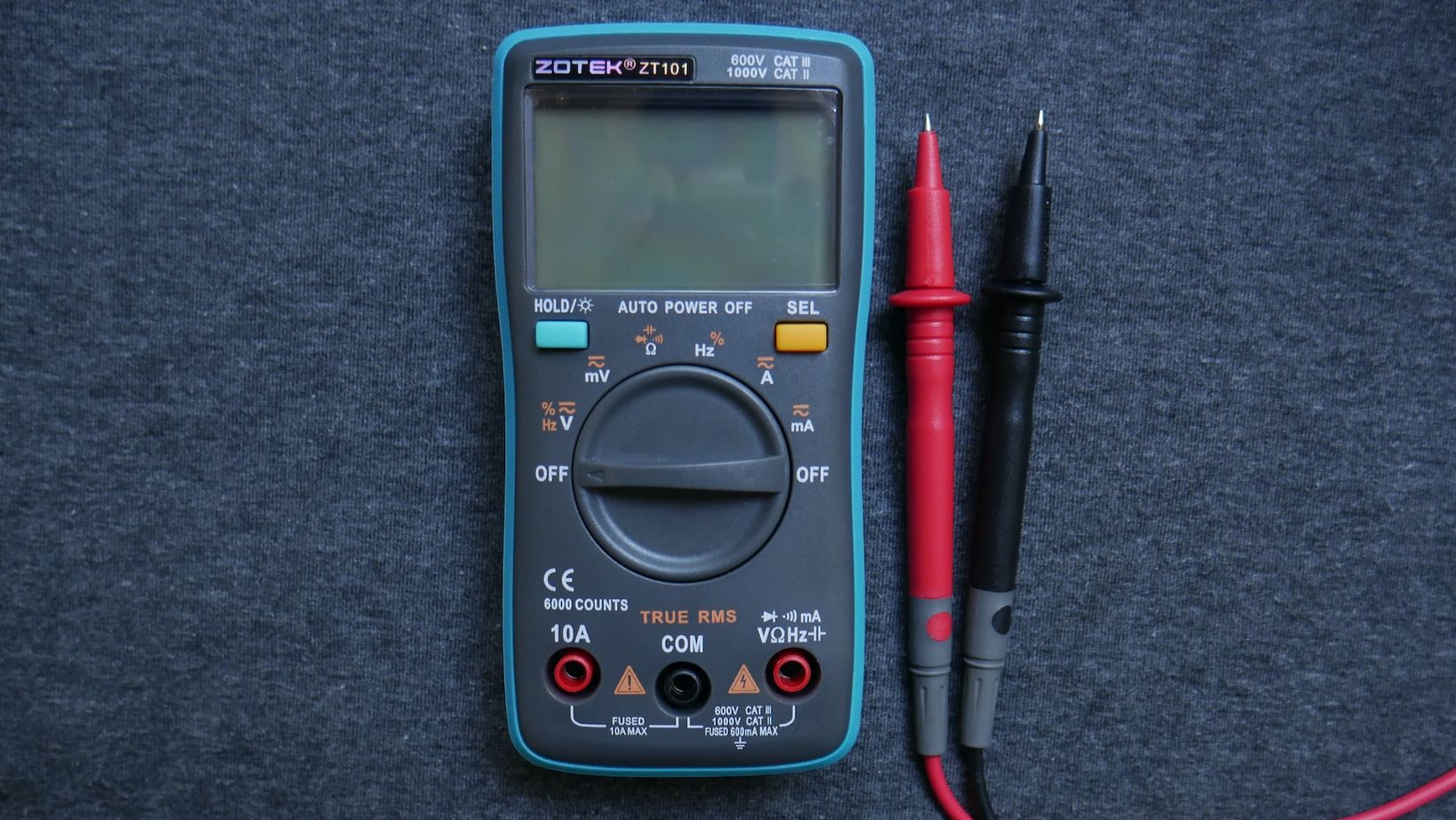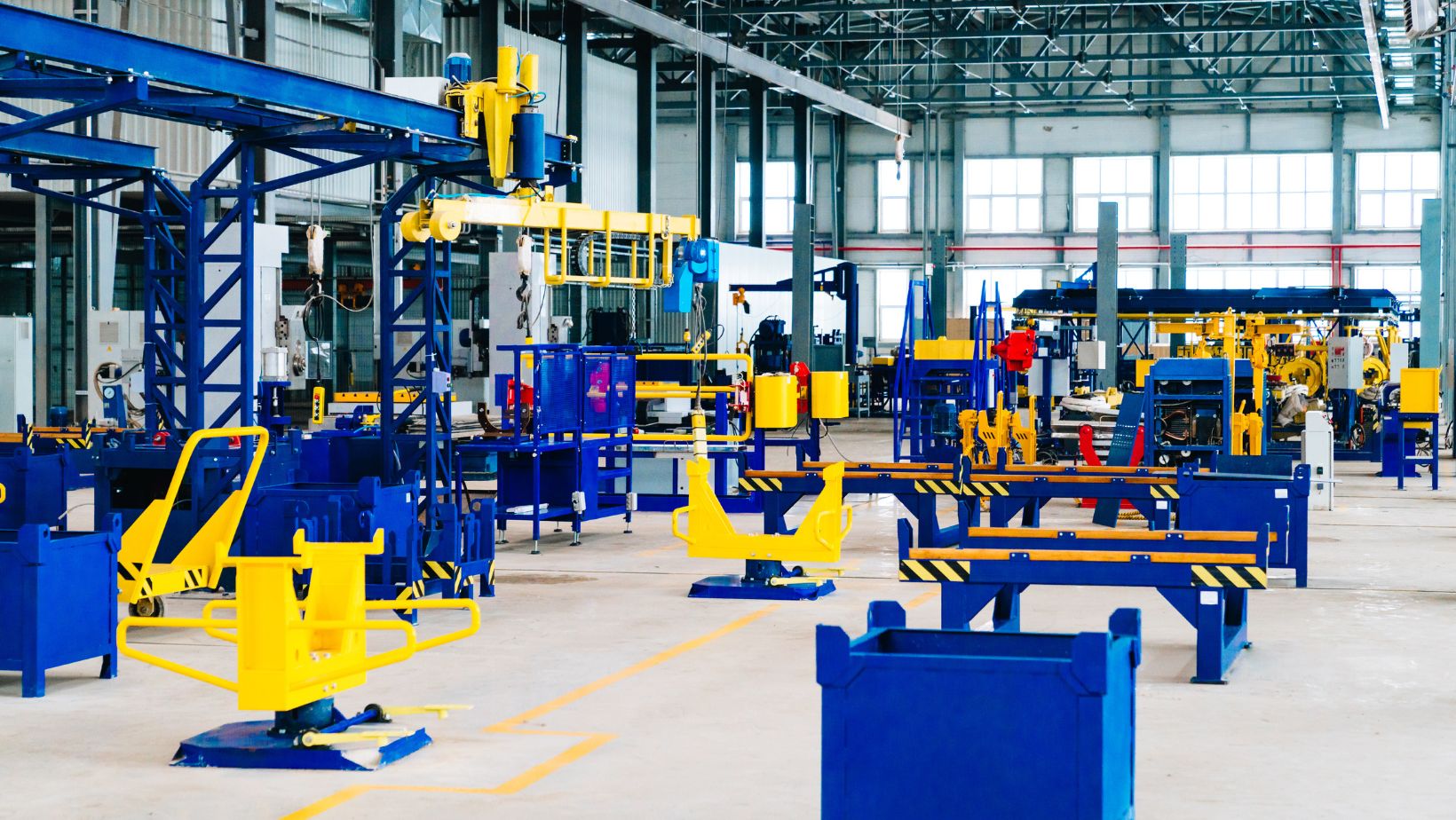In the world of modern technology, the ability to gather accurate data is paramount, especially in fields like manufacturing, industrial processes, and scientific research. One of the crucial ways to capture real-world information is through sensors like thermocouples, which measure temperature variations. However, the process of acquiring signals from these thermocouples involves more than just attaching them to a physical object. It requires specialized software and techniques to ensure accurate data collection and interpretation.
Table of Contents
Toggle1. The Basics of Thermocouples
Before delving into software acquisition, it’s essential to understand the basics of thermocouples. These devices work on the principle of the Seebeck effect, where a temperature difference between two junctions generates a voltage proportional to the temperature. This voltage, known as the thermoelectric voltage, is the signal that needs to be acquired and translated into a meaningful temperature reading.
2. Challenges in Signal Acquisition
Acquiring signals from thermocouples isn’t as simple as connecting them to a voltmeter. Thermocouples generate tiny voltage levels, often in the millivolt range, making them susceptible to interference and noise. Additionally, the connections and materials used can introduce errors in the readings. Therefore, specialized software is required to accurately amplify, filter, and compensate for these factors.
3. Amplification and Signal Conditioning
Amplification is a critical step in the signal acquisition process. The raw voltage output from a thermocouple is often too weak to be accurately measured. Specialized amplifiers are used to strengthen the signal while maintaining its integrity.

Signal conditioning techniques, such as filtering out high-frequency noise, are also applied to ensure a clean and accurate signal.
4. Cold Junction Compensation
Thermocouples work based on the temperature difference between the measuring point and a reference point called the cold junction. In most scenarios, the reference point is not at the desired measurement temperature. Software plays a vital role in compensating for this difference, mathematically adjusting the signal to provide an accurate temperature reading.
5. Linearization
The relationship between the generated voltage and the actual temperature isn’t always linear. Different thermocouple types have distinct non-linear characteristics. Software algorithms are employed to linearize the signal, converting the voltage output into a temperature value that accurately represents real-world conditions.
6. Calibration and Accuracy
Calibration is essential for maintaining accuracy in thermocouple measurements. Software-driven calibration processes involve comparing the thermocouple readings against known reference points. Any discrepancies are then used to adjust the software’s interpretation of the signals, ensuring precise temperature measurements.
7. Data Logging and Analysis
Modern software not only acquires real-time signals but also facilitates data logging and analysis. Temperature trends can be monitored over time, aiding in predictive maintenance and process optimization. Advanced software platforms provide visualization tools that help users make informed decisions based on the collected data.
8. Integration with Control Systems
In many applications, acquired temperature data is not just for observation but also for control. Software that acquires signals from thermocouples can be integrated into larger control systems.

This enables automated responses to temperature fluctuations, ensuring that industrial processes or experiments remain within specified parameters.
9. Integrations and the Role of LabJack U6-Pro
The integration of thermocouple signal acquisition into various systems is a testament to the adaptability and versatility of modern software-driven solutions. LabJack U6-Pro, for instance, stands out as a powerful tool in this domain. This multifunction data acquisition device not only amplifies and conditions thermocouple signals but also offers seamless integration with a wide range of software platforms. From custom software applications to popular programming languages like Python, LabJack U6-Pro serves as a bridge between the physical world of thermocouples and the digital realm of data analysis and control. Its compatibility with industry-standard communication protocols makes it a valuable asset in scenarios where accurate and timely temperature measurements are pivotal for informed decision-making.
Conclusion
Acquiring signals from thermocouples is a complex process that demands a combination of hardware and software expertise. The journey from raw voltage output to accurate temperature readings involves amplification, cold junction compensation, linearization, and calibration. As technology advances, software continues to play a pivotal role in simplifying this process, enabling real-time data acquisition, analysis, and integration into broader control systems. The accurate insights provided by these software-driven systems empower industries to enhance efficiency, maintain quality, and make informed decisions based on precise temperature measurements.






